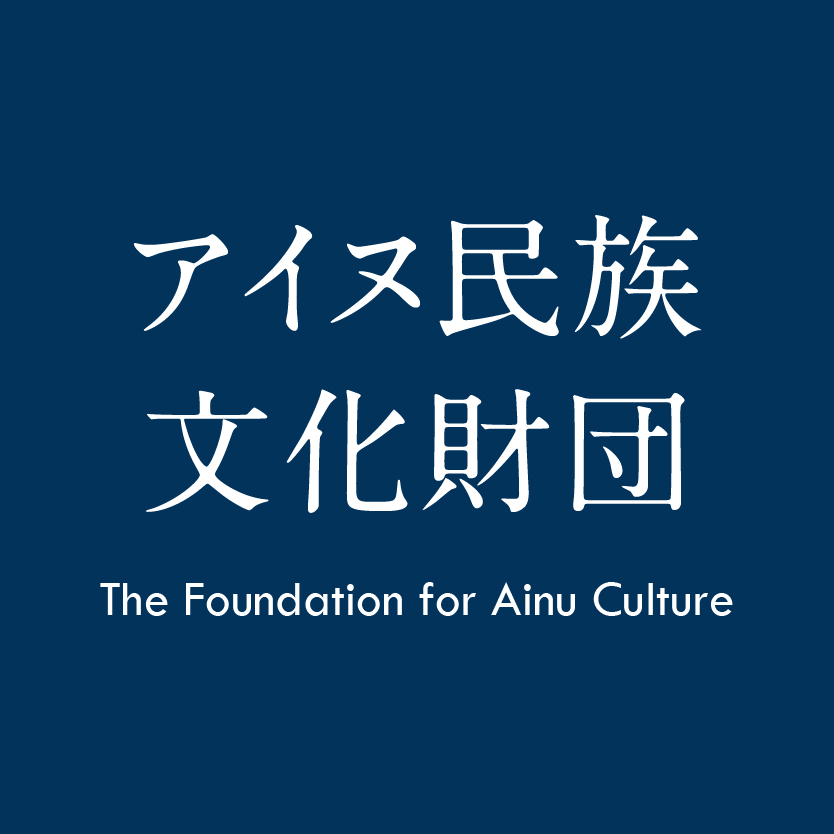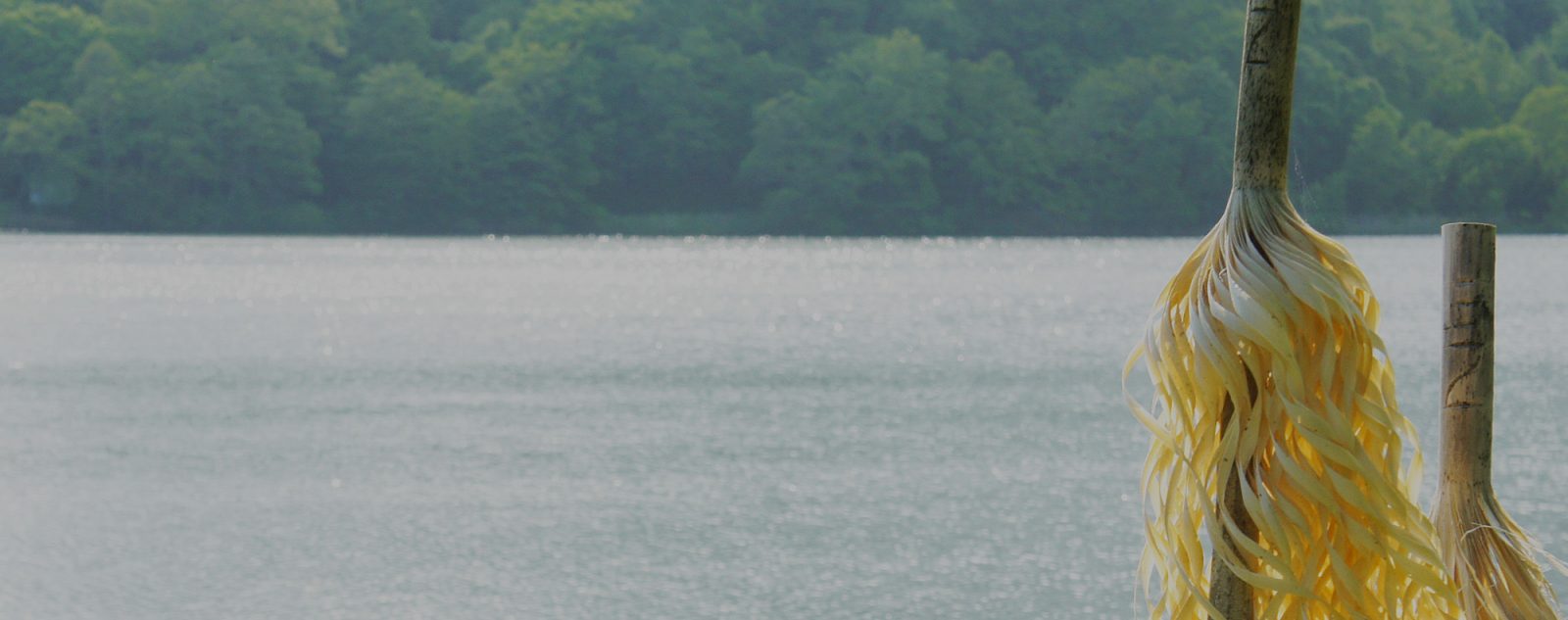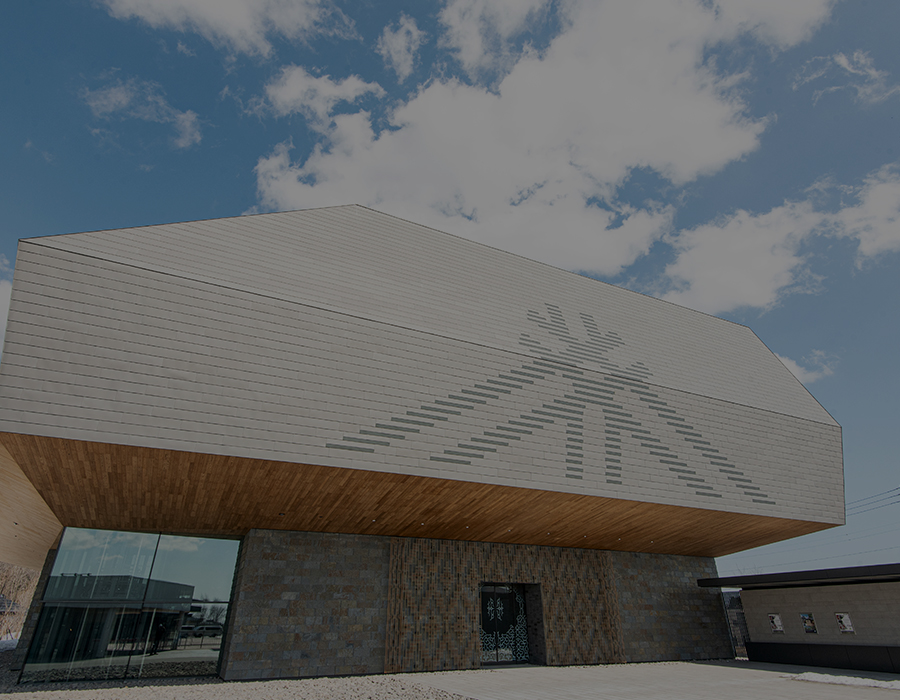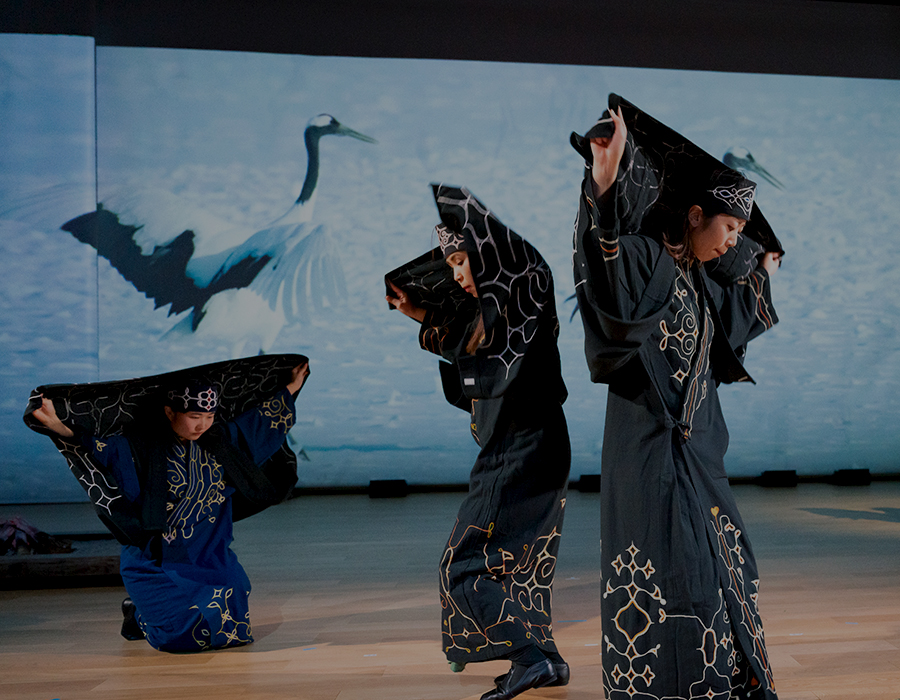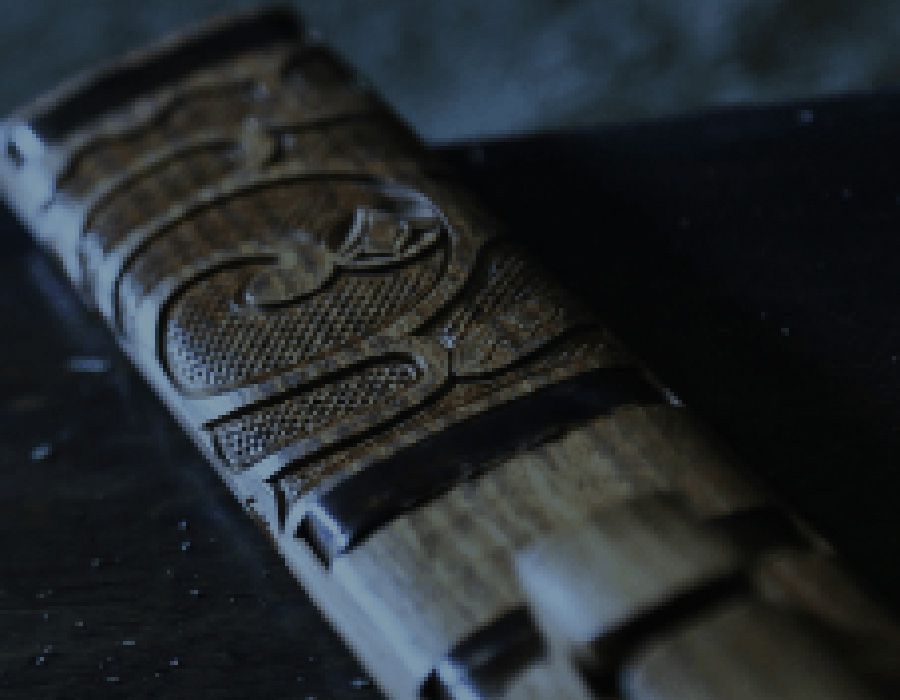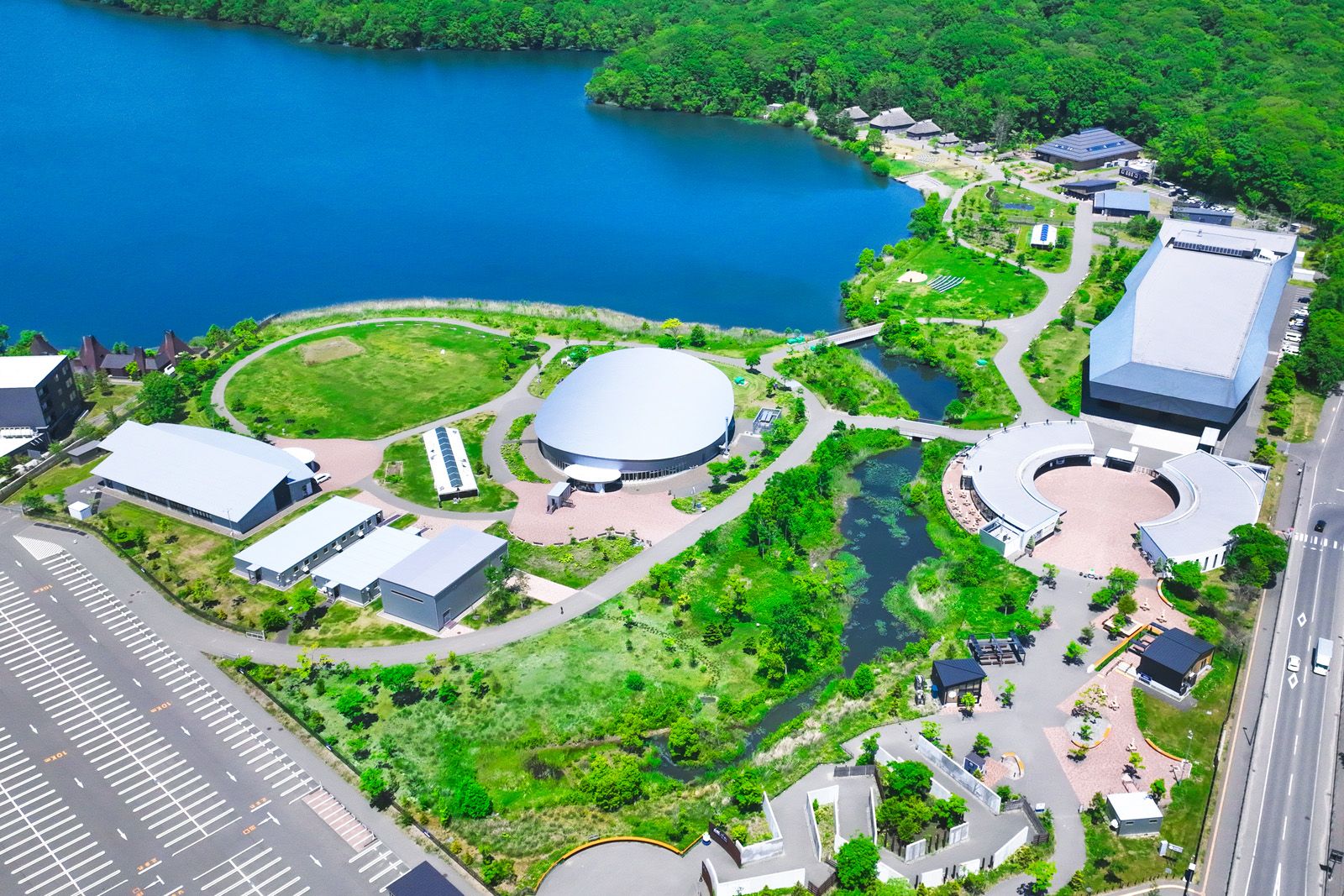Facility Information
Park
National Ainu Park
An open-air center where you can experience the culture of the indigenous Ainu people

The National Ainu Park is an interactive open-air center where you can experience Ainu culture, which is intrinsically linked to the natural environment. You can watch traditional dances and take part in hands-on activities including performing arts, cooking and crafts. The park is also a space to relax and enjoy the splendor of nature while experiencing Ainu culture.
an=ukokor uaynukor mintar
National Ainu Park
Facility Overview
Some activities may be altered or canceled due to the weather, season or other unavoidable circumstances.

uekari cise
Cultural Exchange Hall
Watch traditional Ainu dance - designated as Important Intangible Folk Cultural Properties in Japan and as elements of intangible cultural heritage by UNESCO ‒ together with other Ainu performing arts such as mukkuri (a kind of mouth harp) music.

yayhanokkar cise
Workshop
This facility hosts activities for school groups and cooking workshops. In the Annex you can try archery and see installation art in the Ainu language.

ikar usi
Crafts Studio
Experience up-close demonstrations by staff of techniques that have been handed down through the generations and participate in woodcarving, embroidery and musical workshops.
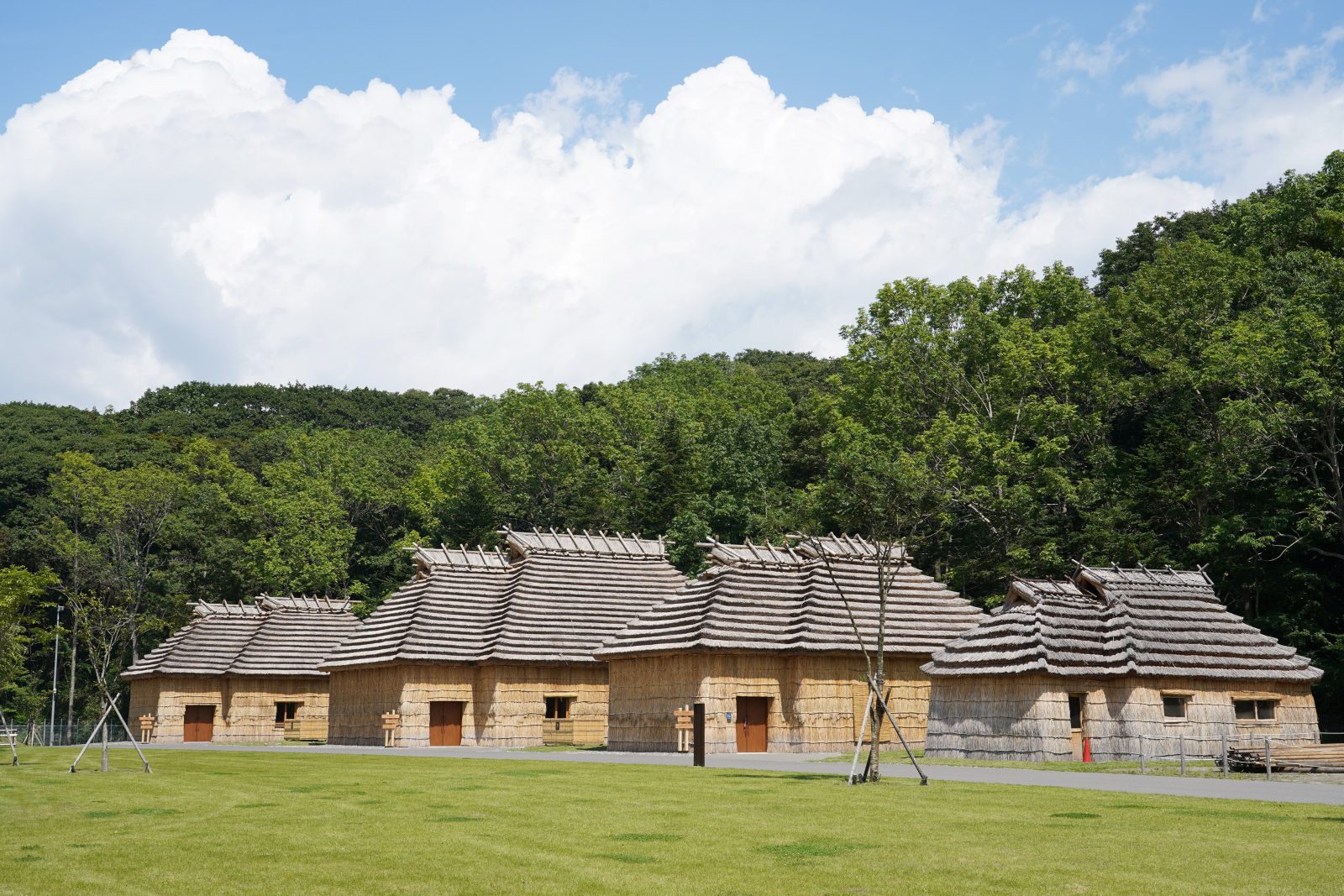
teeta kane an kotan
Kotan(Traditional Ainu Village)
This area features a group of reconstructed thatched cise (Ainu houses), where you can experience a traditional Ainu living space. Explore the inside of the buildings and listen to talks about the lives and culture of the Ainu people who lived in cise.
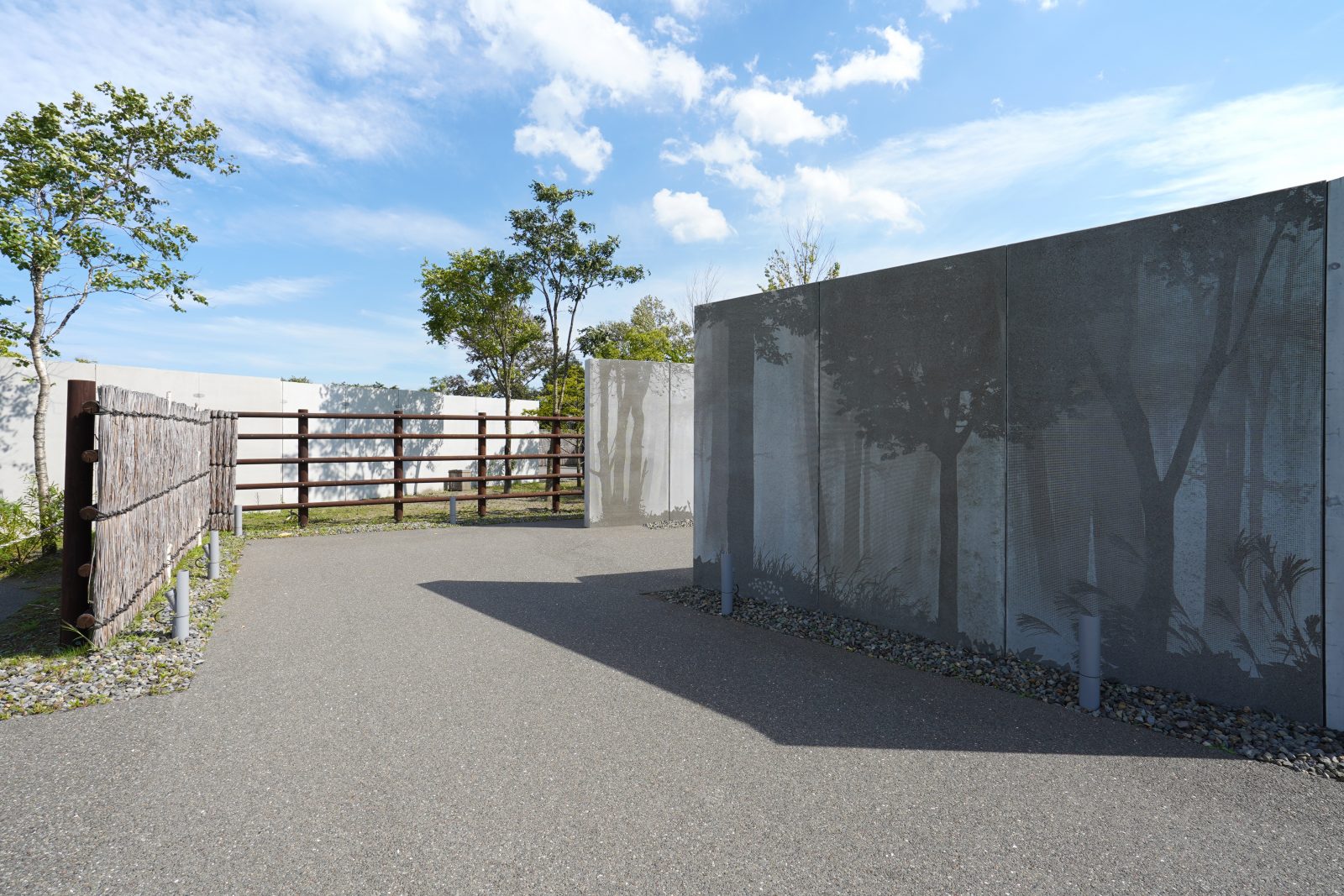
kankan
Path to the Ainu Spirit
Adorned with images of trees and animals, this corridor feels like a trail through the forest, representing the importance that Ainu culture places on coexisting with nature and offering a hint of the beautiful scenery you’ll see when you turn the corner and enter Upopoy.

uwerankarap mintar
Gateway Square
Located at the end of the Gateway Square, this open-air space is a place to enjoy eating, drinking, and shopping.
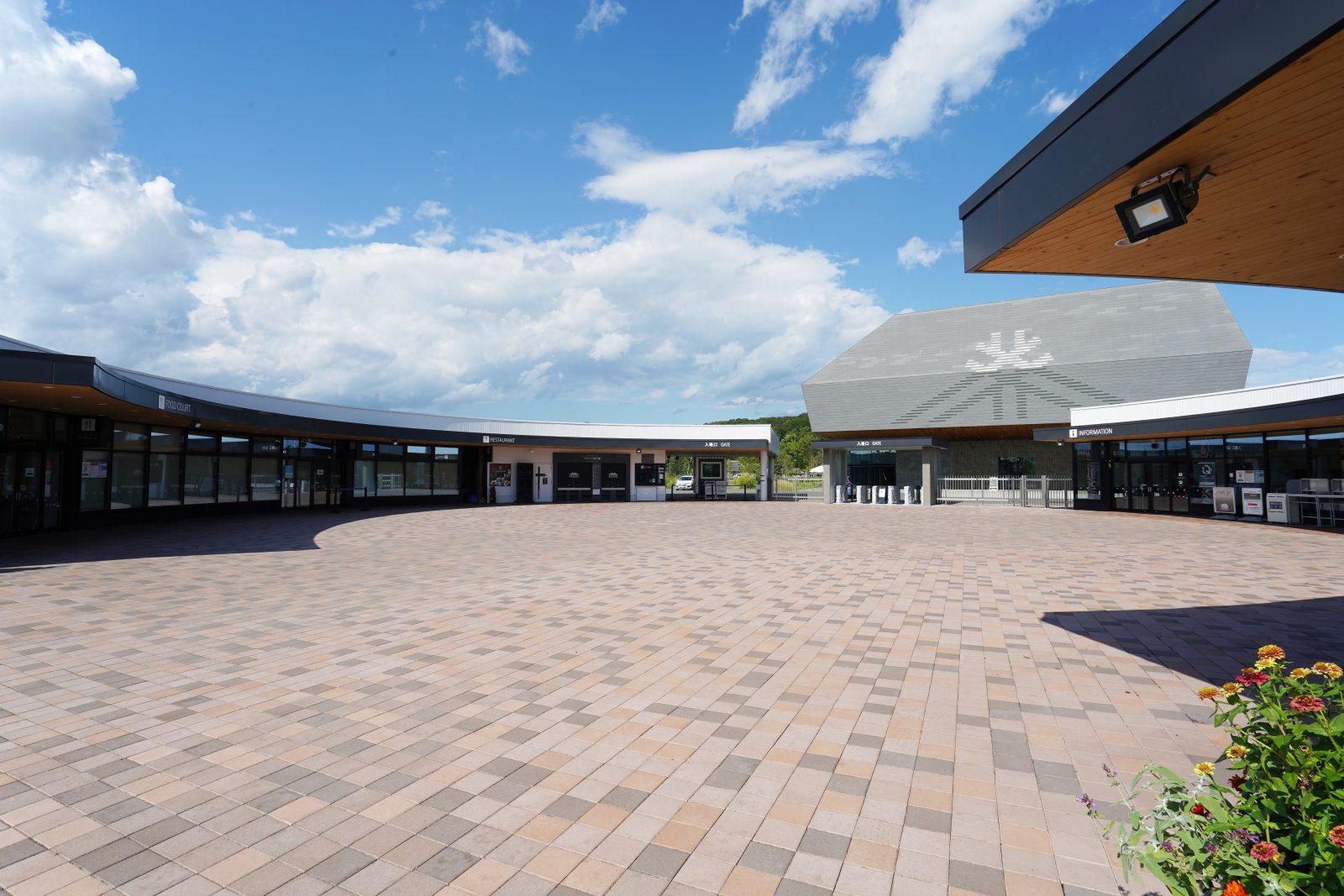
hoski an cise
Entrance Center
In addition to the ticket office, the information desk and a rest area, the Entrance Center has a shop with a range of Ainu crafts and other items that make perfect souvenirs. Enjoy Ainu cuisine at a restaurant with panoramic views, or choose from the extensive menu at the food court.
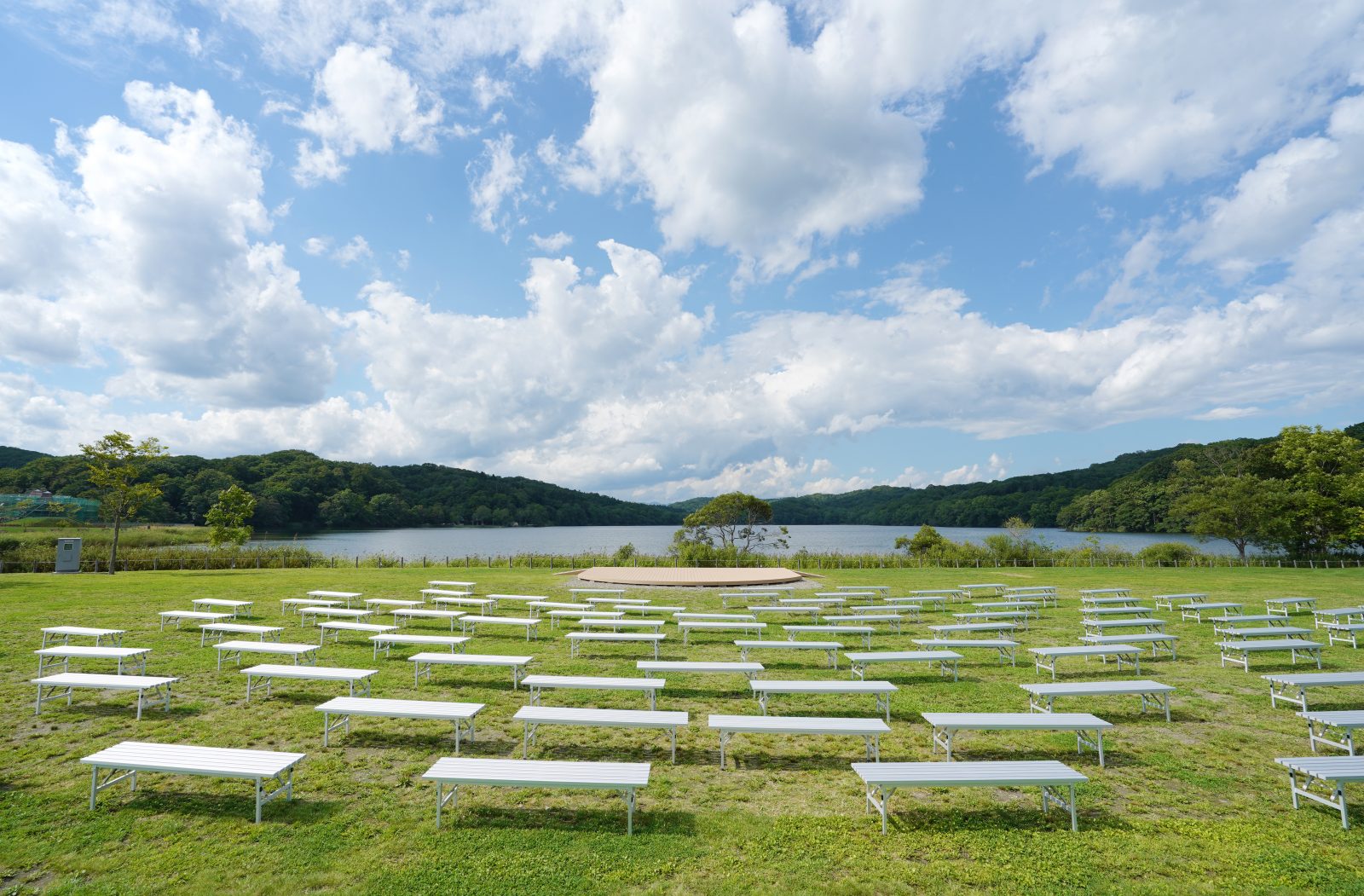
cikisani mintar
Cikisani Square
At this square, you can enjoy seasonal events and special programs against the beautiful backdrop of Lake Poroto.
Plants in the park
More than 40 species of trees with connections to Ainu culture can be seen in the park alongside various wildflowers. Throughout history, the Ainu have collected plants for a a wide range of uses, including as tools for the home and everyday tasks, as ceremonial objects, and as food or medicine. Through these plants, you can experience how the Ainu live together with nature while enjoying the seasonal lakeside scenery.
Broadleaf Cattail
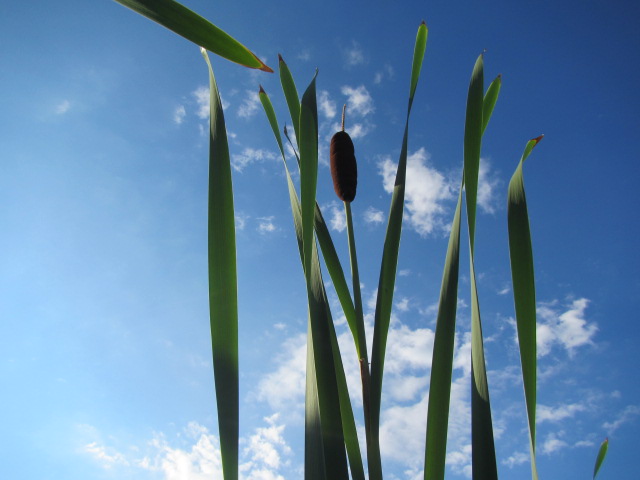
Broadleaf Cattail is a perennial plant that grows around water. It is harvested from summer to fall, dried and used to weave mats for everyday and ceremonial use.
Sargent’s Cherry
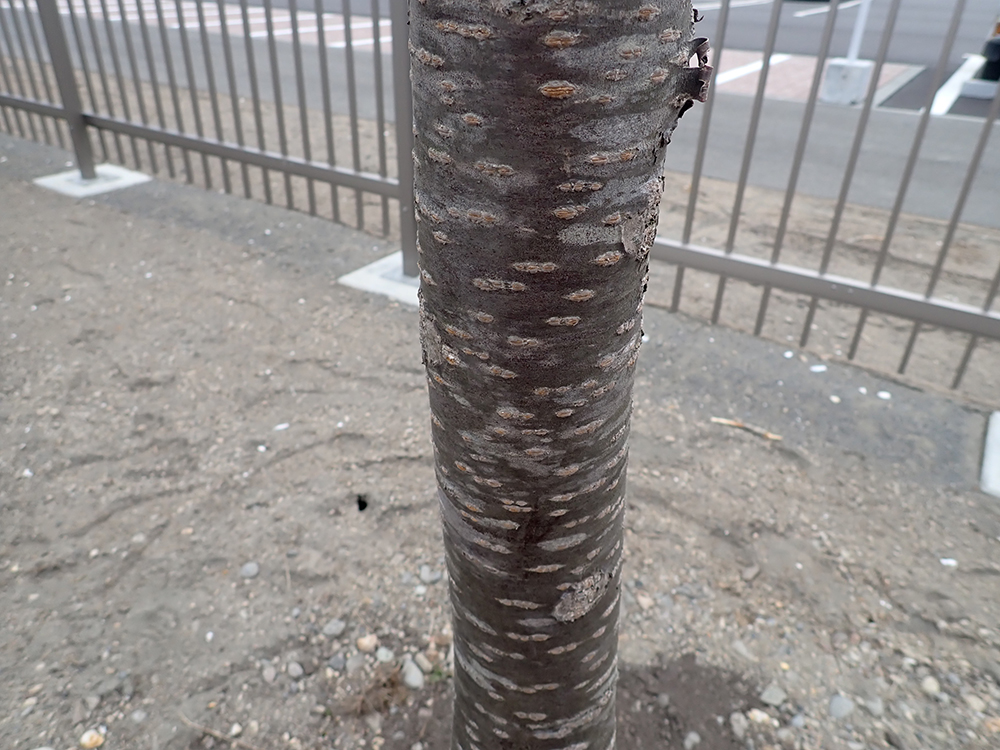
The bark of Sargent’s cherry has a beautiful shine. It is used as reinforcement during repairs and in sheaths for makiri (small knives).
Japanese Fantail Willow
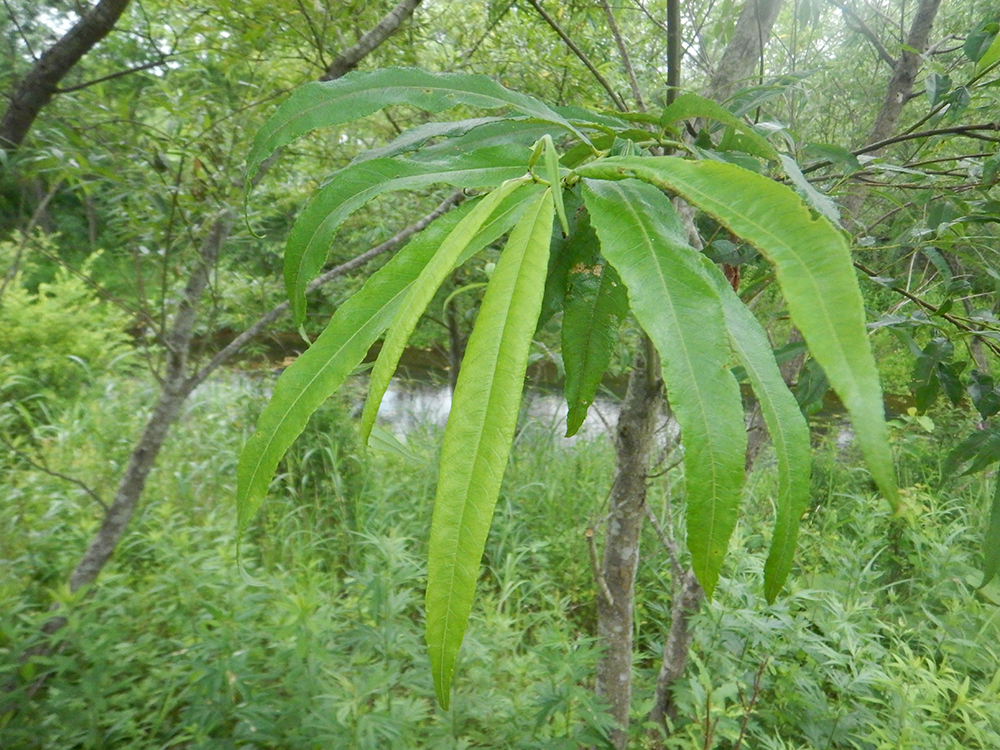
The trunk of Japanese fantail willow is cut and shaved into inaw (ritual sticks with tufted wood shavings) to express thanks to the kamuy (spirit-deities).
Manchurian Elm

Manchurian elm is one source of fibers used to make clothing. Bark is peeled from the tree, torn into fine strips and made into yarn for weaving.
Japanese Elm
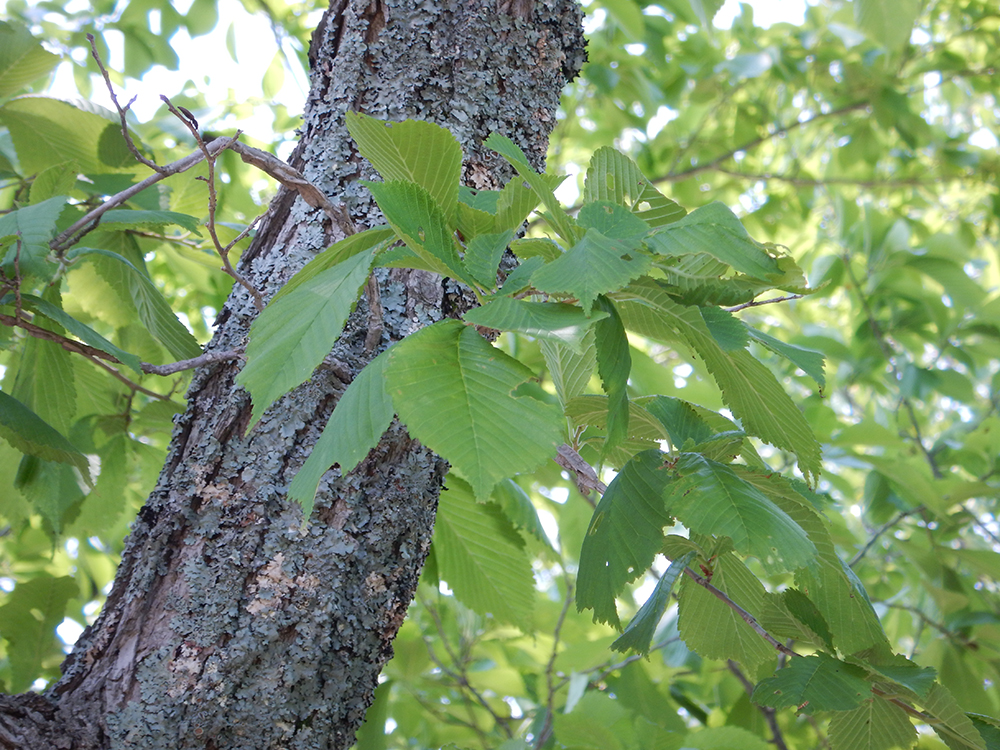
Wood from Japanese elm is used as fuel and for starting fires. It has a strong association with fire in folklore and oral literature.
Japanese Chestnut
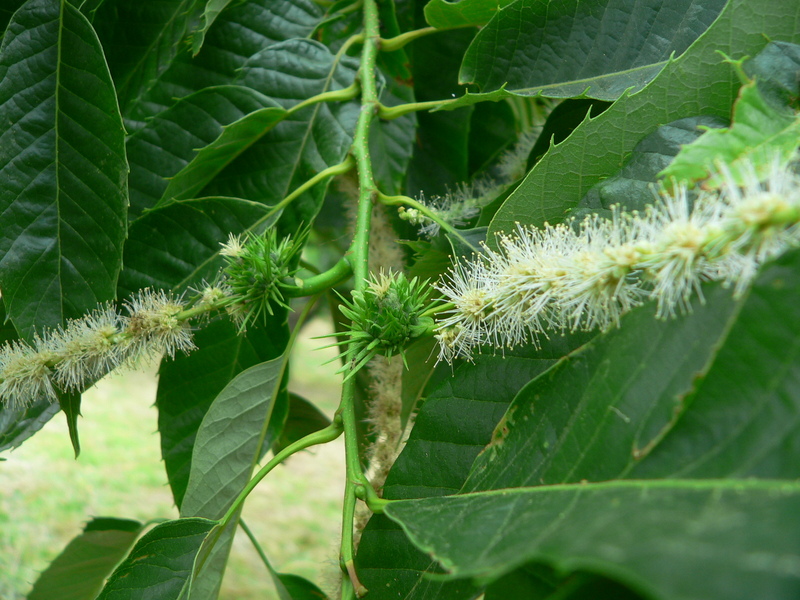
In the past, the fruits from the Japanese chestnut trees were either boiled and eaten or dried and preserved. It is also said that the leaves and burrs could be boiled and taken as cough medicine.




